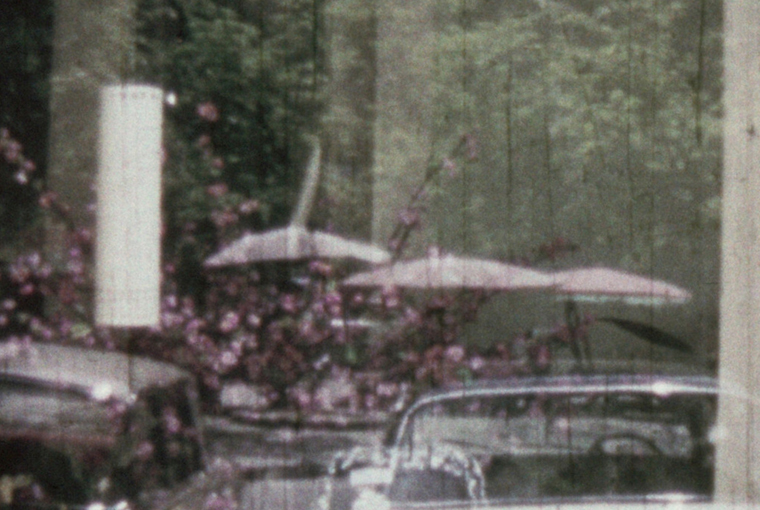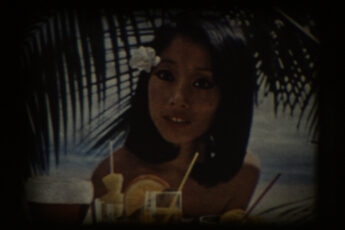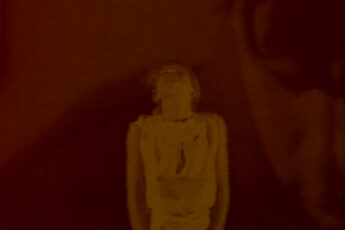
While studies on Balkan cinema have often looked into the Black Wave, the role of Roma culture in Yugoslavia, and the trauma of the Yugoslav wars of the 1990, the question of experimental cinema in the Balkans is a salient yet unsung part of the cinematic history of the region. Furthermore, the specificities of the cinematic medium and the filmmaking conditions in ex-Yugoslavia should be highlighted at a time when analogue media is disappearing into digitality, and collective and collaborative forms of filmmaking and watching are being replaced by the cultural empires of Netflix and Amazon.
While amateur photography and film clubs were a distinctively bourgeois activity in Yugoslavia before WWII, after the war and well into the fifties many film and photography clubs were initiated under the leadership of the Popular Engineering Society (Narodna Tehnika), which encouraged working-class people to join and share the artistic ventures of filmmaking. The Narodna Tehnika supervised the clubs to counteract political dissidence. Radical figures such as Ivan Martinac or Lordan Zafranović came out of this culture in the 1960s in the Kino Klub Split.
In this month’s special issue on Balkan Experimental Cinema, Frédéric Tachou, founding member of a similar structure in Paris, the Collectif Jeune Cinéma in Paris, examines how these two filmmakers were producing formal experimentations that explored philosophical and aesthetic conceptions of space and time, reflecting on the everyday life of Split.
The regulation of the clubs in the 1970s meant that their rules became too strict for many experimental filmmakers, who instead chose to develop their practices amongst themselves around an artistic movement called The New Art Practice. Tackling issues such as feminism and media criticism and playing with aspects of performativity, they extolled the amateur form rather than the finished artwork. Turning the traditional studio into artist-run spaces, creating multimedia performances on the streets as well as experimental publications, the concept of “anti-films” thrived. The support of the Genre Experimental Film Festival (GEFF) was a key element in this scene.
Many women filmmakers had their own voice within this realm of filmmakers and created some of the most radical pieces of the period. Guest editor Anna Doyle discusses women amateur filmmakers from ex-Yugoslavia whose films were showcased at the 2022 edition of the AVANT festival in Sweden. She also spoke to the curator of the women’s program at the festival, Aleksandra Sekulić. As Western popular culture and American soft power managed to push through the iron curtain, filmmaking in the region began questioning this influence. Experimental filmmakers reflected on the emergence of the Rock and Roll era, the power of Hollywood stars, and the eroticized vision of women in advertising. Such is the case in many of the women amateur filmmakers of the time, for example in the 1968 pioneering film Female (Žemsko) by Dunja Ivanišević.
In the eighties, before the break-up of Yugoslavia and the ensuing wars in the region, filmmakers made use of VHS technology and media installations using special effects as a way to raise issues related to post-Communist societies. Isabel Jacobs writes about the punk, queer and postmodern turn in Slovenia, notably in Marina Gržinić and Aina Šmid’s (early) videos. Their films questioned the heritage of avant-garde art, the blood shed by Communism and later on the war in Kosovo, exposing the perversity of both Communist and capitalist relationships to women and homosexuals.
Finally, political aspects of experimental films did not stop at the fall of the iron curtain. In fact, the question of an abrupt discontinuity after the break-up of the bloc should be reconsidered. In the words of Gramsci, the transition can be likened to an Interregnum, a term used by Gramsci to describe a period of morbid continuity between an old world that has yet to fade away and a new one that has not yet begun to take shape. Society bears both positive and negative remnants from the Communist era, making it impossible to ignore the lingering impact of those times. Calls for a clean slate and complete detachment from this period appear illusory. This framework is echoed by Albanian artist Adrian Paci, whose work Ana Grgić discusses in her contribution to the issue. She also spoke to Adrian Paci on his understanding of the Interregnum and how it translates into his work.
Contemporary experimental cinema is moving towards a more global understanding of the medium, acknowledging its political impact. In the context of the Balkan region, where populations are in constant flux due to changing national and ethnic identities, it is not surprising that global migration and the concerns of refugees have become focal points in the works of artists such as Adrian Paci.
Anna Doyle
Guest Editor




Leave a Comment